What lights should light up when the sectional is turned on? Turned off lamps glow slightly
There is such a thing as a slight glow of a diode lamp after the power has been turned off. There are several explanations for this, some factors relate to electrical safety, and some relate to the functioning of a light source of this type.
In any case, to understand why it is burning light when there is no load, it is necessary to consider the operating conditions of the lighting device and determine the cause in each specific situation.
Device Features
The design of this type of lamp is more complex than its analogue with an incandescent filament. Main elements: base (screw, pin), board with emitters, diffuser, driver. The principle of operation is based on the recombination of electrons and holes with transfer to another energy level, resulting in a glow that is a consequence of the release of photons. These processes are facilitated by the use of certain LED semiconductor materials.
To ensure acceptable lamp operating conditions, a current-limiting element is used. In more simple circuits A resistor is used for this purpose.

Diode lamp circuit
Light sources more High Quality operate on a different principle: the circuit is based on a diode bridge, which rectifies the mains voltage and supplies it to LEDs connected in series.
Lamp glow when the load is off
There are several likely factors that could explain why the lighting element is still lit after being disconnected from the power source, albeit dimly:
- Problems with electrical wiring, in particular, poor-quality insulation on one of the sections of the circuit.
- The LED lamp is connected to a backlit switch.
- Poor quality emitters used in the design of the light source.
- Functional features of the lamp.
If the emitters burn when the switching device is in the off position, it is recommended to first consider all other factors except the first one, so as to determine the area that is weak in insulation hidden wiring problematic.
To do this, conditions are created under which a circuit breakdown occurs (high voltage is applied for 1 minute). Problem area due to which diode lamps glow after disconnecting the load, you will have to open it: the integrity of the wall is compromised if the wiring is laid using the gating method.
A very common situation occurs when energy-saving light sources function differently when connected to a backlit switching device. The problem here lies in the fact that the lighting element installed in the switch completes the circuit, which means it passes a small current. It powers the diode lamps when the lights are off.
The problem of cheap LED products is no less common. If you have chosen a product of low quality affordable price, and usually the connection between these factors is direct, then there is a high probability of an error in the soldering board. But it happens that the emitter, although dimly, burns for a reason functional features designs.
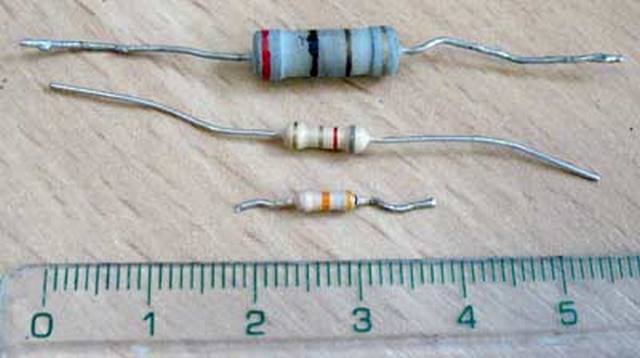 In particular, we are talking about the processes that occur in the resistor when a load is applied to the lamp: this element accumulates energy as current flows through the circuit, and after the load is turned off, it maintains the glow in the emitters.
In particular, we are talking about the processes that occur in the resistor when a load is applied to the lamp: this element accumulates energy as current flows through the circuit, and after the load is turned off, it maintains the glow in the emitters.
How to solve the problem of dim light
- If you initially purchased a cheap LED lamp, then it is possible to eliminate the glow only by installing a product from a reliable manufacturer and of high quality.
- When the problem lies in the backlit switch, it can be eliminated in different ways. The simplest solution is to change switching device for model without backlight. You can also cut off the corresponding backlight power wire; this is done after opening the switch. But in some cases it is important to keep this function. Then you need to install a resistor in parallel in the right area chains.
- The hardest problem to fix is the one in the wiring. To do everything correctly, of course, it is recommended to find the source of the leakage current. But, as already mentioned, this will entail other difficulties. But as a result, when the light is turned off, the diode lamps will not light up. But you can go another way, a simpler one. To do this, a load (incandescent lamp, resistor or relay) is connected in parallel with the diodes that light up. It is important that the resistance of this element is less than that of LED emitters. As a result, the leakage current will flow, for example, to an incandescent lamp. But due to the slight resistance it will not burn.
As you can see, there are many ways to solve the problem of diode-based emitters, which, although dim, still shine when turned off. It is necessary, if possible, to determine the most likely cause of this phenomenon.
The main advice is to pay attention to lighting products from reliable and trusted manufacturers. It is important to remember that high-quality diode light sources cannot be cheap. This will avoid a number of problems, the most common of which are dim light when the load is off and short service life.

Colorful temperature
Effective lighting, among other things, is also based on the compliance of the basic parameters of the light bulb with the conditions in which it will work. When choosing, the power of the product, luminous flux, color temperature, color rendering index, and luminous angle are taken into account.
If the light source lights up when the load is off due to rather poor quality, then when choosing a new product, its dimensions should be taken into account. In particular, we are talking about the size of the radiator.
This auxiliary element designs that promote more efficient heat removal from the light source. Before purchasing, you need to pay attention to the correspondence between the dimensions of the radiator and the power of the lamp. If a product is characterized by a small cooler with significant power, it means this option designs are not worth taking.
The most reliable radiators are made of graphite, ceramics, and aluminum. Moreover, it is important that this element is not type-set.
You also need to pay attention to the quality of the connection between the base and the lamp body. It is important that there are no nicks along the edge of the holder and, in general, it should be characterized by a complete absence of play. Another key moment– level of light pulsations. High-quality lighting elements emit a uniform glow.
The difficulty of checking a lamp for light quality is that the pulsations are invisible to the eye. But craftsmen have come up with a way to solve this problem: You need to use the camera turned on mobile phone or a camera. The pulsations will be visible because the image will begin to blink.
Thus, if the lighting system immediately after installation produces a weak glow from diode-based lamps, it is recommended to check the circuit, switch and other factors. The fact is that when, with the load turned off, the lighting elements still light up, albeit dimly, this may indicate problems with the wiring, which is already quite serious. To accurately determine the cause, all possible factors must be considered.
11 ratings, average: 2,36
out of 5)
*information is posted for informational purposes; to thank us, share the link to the page with your friends. You can send material interesting to our readers. We will be happy to answer all your questions and suggestions, as well as hear criticism and suggestions at [email protected]
LED and energy-saving lamps installed in lamps and chandeliers often glow even when turned off, which is especially noticeable in evening time. What could be the cause of this phenomenon?
Flashing LED lamps not only irritate residents of the house, but also quickly break down. In order to find out why they do not turn off completely, you should carefully consider the features of their design.
As a rule, these devices operate from a constant power source. Alternating voltage is supplied through a special rectifier to the circuit to which a capacitor is connected, which is necessary to smooth out the ripples of the rectified current. It is because of this that light bulbs can glow in the dark. When the device is turned off, current may appear on the capacitor for various reasons.
Factors affecting the flickering of devices
Wrongly done electrical wiring. E27 LED lamps and other brands of fixtures may flicker if the wiring is incorrect. In order for the devices to stop lighting after switching off, it is recommended to change the phase with zero in the apartment panel. Another reason for flickering lamps may be outdated system grounding TN-C, in which the device is not provided protective shutdown, in case of current leakage.
Low quality devices. The glow of lamps in the dark may also be due to the poor quality of their manufacture. In order not to encounter such a problem, it is recommended to purchase products from well-known manufacturers.
Illuminated switch
For what other reasons can e14 LED lamps and other similar models flicker? Currently, switches with LED backlighting are widespread, indicating their location in the dark. Although this decision is very convenient, it should be borne in mind that it is precisely such devices that can cause energy-saving lamps to flicker. In addition, their operation can be influenced by a variety of motion sensors, brightness controls, timers and other similar devices.
Why is this happening? The moment the switch contacts turn on, voltage begins to flow directly to the lamp, and when they open, current flows through the LED. Despite the fact that its value is small, it is quite capable of recharging the capacitor, which turns on the energy-saving device. Regular flickering of the lamp causes it to turn yellow and its service life is significantly reduced.
What can be done in such cases? If the switch has LED lights, it is recommended to simply turn it off, as a result of which the contacts will be open and the current will not be able to enter the capacitor. To do this, you need to open the cover of the device and cut the wiring.
Another option is to replace one of the energy-saving devices with an incandescent lamp; in this case, the current will not charge the capacitor, since it will go to heat the filament. You can also double the resistance of the LEDs in the power circuit; in most cases, this helps eliminate the glow of the devices.
This problem can also be solved using a resistor connected in parallel with the energy-saving lamp. It should have a resistance of 50 kOhm and a power of 2 W. This device does not affect the operation of the lamps in any way, but the moment the switch is turned off, it begins to consume current, which charges the capacitor. Please note that for safety reasons, this device must be insulated using a special heat-shrinkable tube.
For now LED bulbs have gained particular popularity among many people. They have a long service life, low energy consumption and create high-quality light. However, sooner or later with such lighting fixtures problems happen and our subscribers often ask the question: what to do if the LED lamp glows after turning it off? In this article we decided to look at possible reasons and tell you how to solve the problem yourself.
Reasons why the LED lights up when turned off
In fact, there are now many reasons why an LED lamp may burn after being turned off. It can burn dimly, flicker or shine on full power. There are several main reasons:
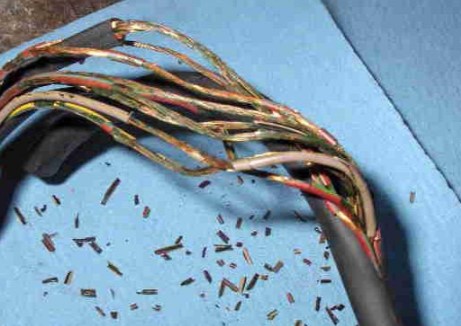
What does the LED lamp glow after turning off?
Typically, many people are afraid that turning off the light may cause harm. In fact, there is nothing terrible about this, since it does not harm the wiring. The only problem is the life of the lamp, which will certainly be reduced.
Please pay attention! There is another common reason - incorrect driver assembly. This problem is quite difficult to establish now. Therefore, buying Chinese lamps now is quite controversial.
There is also a problem with incorrect connection of light sources. There is a lot of information here, but this problem is extremely rare. To understand its causes and solutions, we recommend watching the following video.
How to solve a problem
- Try installing a different lamp. As a rule, this always helps. For example, if installed chinese lamp, put a quality one in its place. If the problem persists, you will have to look for the reasons.
- If you have a socket with an indicator, then to solve the problem you just need to disconnect the wire that powers the backlight. This is not at all difficult to do; you disassemble the switch and cut the wire. If you cannot find the wire, then you will have to completely replace the switch.
- If the lamp is on, but no reason can be found, then you will have to look for a current leak in the wiring. A lot of work will have to be done here, but we covered all this in detail in the article:.
As you may have noticed, there are now quite a lot of reasons why the LED lamp lights up when it is turned off. But you can fix them yourself. If you have any questions or problems, write comments, we will be happy to answer everything.
We also recommend watching this video that will help solve the problem.
LED lamps have such a feature that their operation is based on constant voltage. Many people think that LEDs simply work by supplying alternating voltage, but have no idea that these lamps have a rectifier inside. Its input is AC voltage, and the output is a rectified voltage. Let's look at the main factors for flickering LED lamps after turning off the lights.
Often many people have a question - why does the lamp light up when the light is off?
There may be a lot various reasons, but the most common are:
- There are problems with the wiring;
- Poor quality of the LEDs you use;
- The glow of the diodes is maintained by a resistor (due to the accumulation of electricity in it, the diodes glow after turning off).
It often happens that this happens when the backlit switch is open. And if combustion is observed when the light is off, then accordingly a current flows through it, which immediately flows from the network to the backlight lamp (located in the switch), then to the chandelier and again to the network. It is very small and does not affect the network load at all.
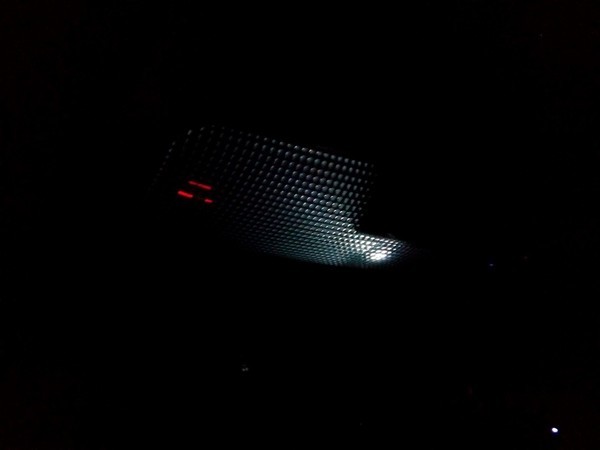
The current that flows through the backlight performs the function of charging the capacitor. When charging reaches the desired level, the circuit starts up and this causes a flash, after which you should expect it to turn off, and then this process goes through again.
The downside of all this is that the lamp circuit inside is initially designed for a certain period of time, which is measured by the number of starts. It will work for about 1-2 months, and after that it will simply fail.
A similar situation will occur with weak blocks. LED strips, they also have a rectifier and a capacitor installed at the input. Therefore, a small current will flow through the backlit switch, due to which the capacitor will be recharged in time. Therefore, the tape lights up dimly in this mode, and there are also periodic blinks.
How to purchase LED devices correctly?
If you are planning to buy LEDs, then remember that reliable manufacturers will always indicate instructions on the packaging that will help you understand correct principle their use. Typically, it is indicated that use is undesirable in conjunction with devices such as key switches backlit, photocells, dimmers, timers, etc., they will prevent them from working normally.
It may also be that you simply cannot choose quality products. There are a lot of fakes on the market that are very difficult to distinguish. And if you have already come across a product that lights up after being turned off, then the reason for this may well be that the LEDs are simply installed incorrectly.
What should I do to make the lamp stop glowing or blinking when turned off?
- Removing the backlight will be the easiest and quick solution this problem. To do this, it is necessary to disconnect the wires from which the backlight is powered, after first opening the switch cover. Alternatively, you can also cut off this wire, but first be sure to find out where it is power wire so as not to be confused.
Having done this, no current will flow to the charging capacitor, after which the lamp will no longer glow dimly or blink;
- If you want to avoid this problem, then before purchasing a switch, pay attention to the presence or absence of backlighting. If it is not there, then the main problem will not appear;
- A good option would be parallel connection a regular lamp, the use of this option will not allow the energy-saving light source to burn in the off mode. This is achieved due to the fact that the current to recharge the capacitor will go to the filament (This method is not very good for just one reason. The purpose of purchasing LED lamps is to save energy and have a longer service life compared to incandescent and halogen lamps. When added to the circuit of a conventional lamp increases consumption, and accordingly all savings are lost. As a result, this solution is not ideal);
There are switches that have mandatory backlighting needed for some purpose. What to do in this case, and what actions to take?
A good solution to eliminate this problem would be to connect a resistor in parallel, which will help create additional resistance in the desired section of the electrical circuit. The main advantage of this method is its cheap price; you can purchase a resistor in absolutely any radio equipment store.
It is worth noting that the resistor will not negatively affect normal work LEDs. But when the switch is turned off, the backlight will work, and accordingly the resistor will consume current, which goes to charge the capacitor. Also don't forget to insulate the resistor, the best way to do this is to use heat shrink tubing.
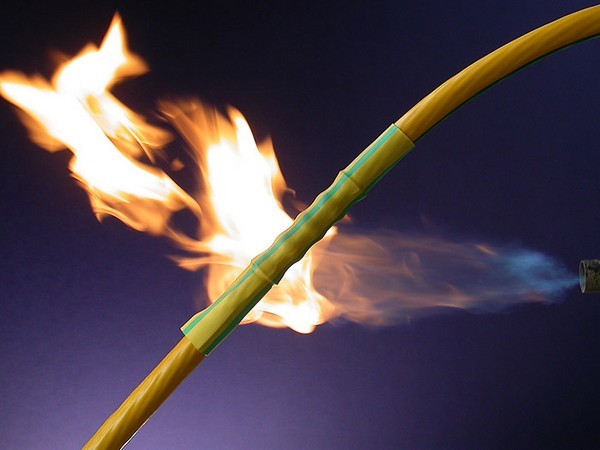
You can connect it under the ceiling in a lampshade or in a lamp socket. For more convenient connection of the resistor good option There will be the use of special Wago terminal blocks (in the image below).
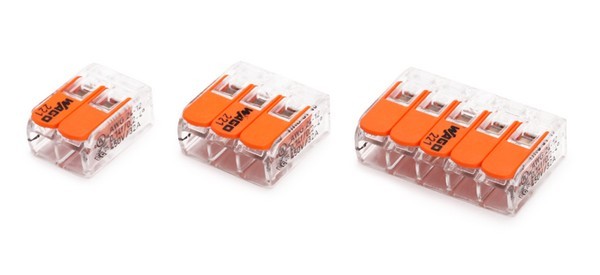
The final step is to place the resistor in the box, after which you can enjoy the absence of blinking of the LED lamp after turning off.
You are far from the first person to wonder why LED lamps glow after being turned off. In fact, this phenomenon can be called common and not dangerous. However, this is not enough. Therefore, in this article we will analyze all the existing reasons for this effect.
This behavior on the part of LED emitters often causes not only bewilderment, but also acts irritatingly. In addition, regular flickering will quickly damage the device. Therefore, before finding out the reasons, we will understand how the lamp works.
LEDs are powered by direct current, which passes through the capacitor and acquires optimal value for a light bulb. In some cases, even with the switch turned off, you can notice the glow of the lamp. Voltage on the capacitor can appear for any reason.
The design of an LED lamp is never the same, since each individual manufacturer provides a different layout and circuit for creating the device. However, the general effect of the device remains the same. The required components of LED lamps are: base, driver, radiator, board with sources emitting light and bulb.
When voltage is connected to the light bulb, a chaotic movement of electrons occurs, which, colliding with each other, form holes, as a result of which a bright glow occurs. Thus, even if the minimum amount of current penetrates the semiconductor, it will glow or blink when turned off, so it is advisable to understand the reasons for this.

What causes LED bulbs to flicker?
Let's consider a number of factors that cause the LED device to glow when turned off:
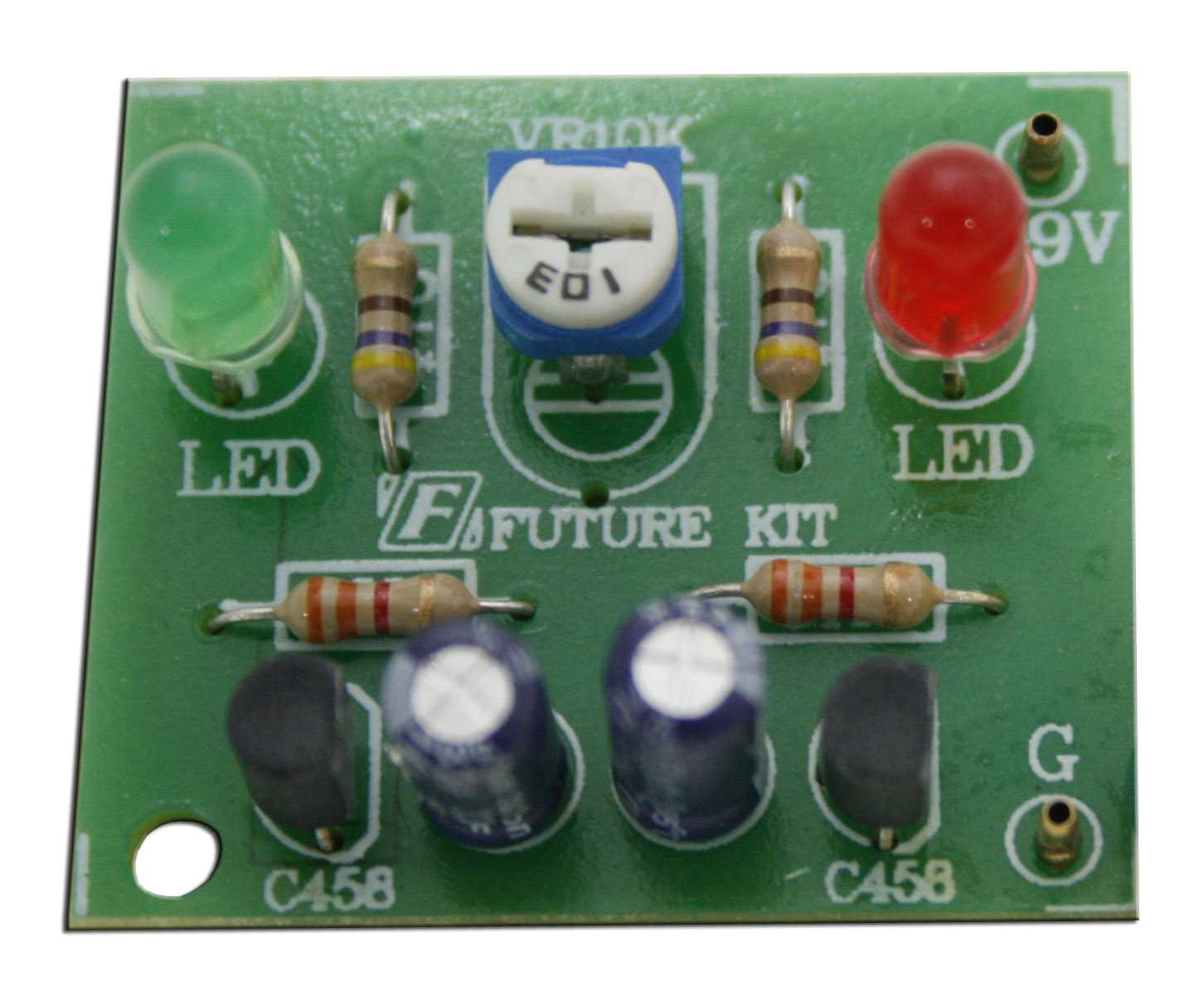
Attention! If LED lamp connected to a backlit switch - the backlight must be turned off. In this case, the network will open and the current will stop flowing to the capacitor.
The design of energy-saving lamps and the reasons for their flickering
Why does it flicker Powersave lamp after switching off - a trivial, but rather painful question. This scares some people, others simply try not to pay attention to the device so as not to worry.
Fluorescent lamp similar LED source operates on low DC current. The rectifier, which reduces the voltage for the lamp, is located directly inside the structure. There is also a capacitor, which is the reason the light bulb lights up regularly even when the switch is off.




